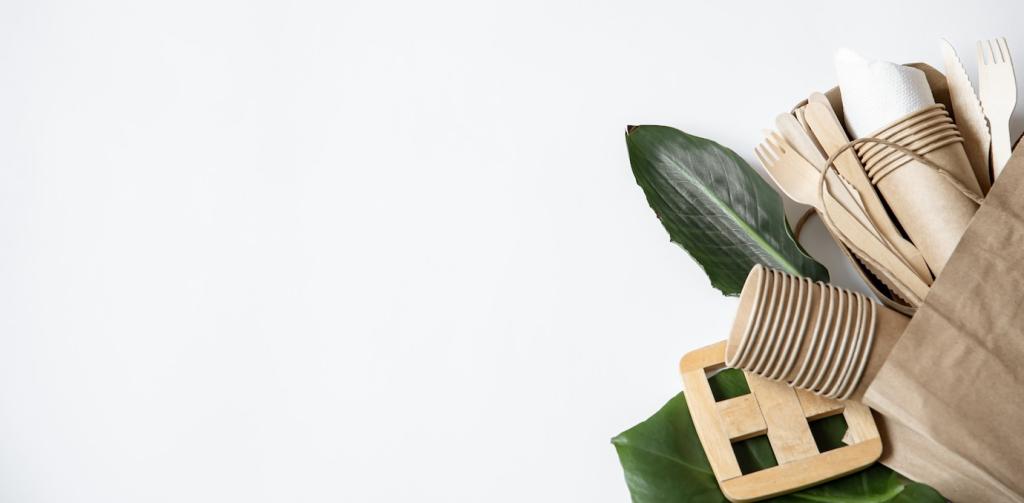Sourcing with Purpose
Explore architectural salvage yards, deconstruction firms, old barns, warehouses, shipyards, municipal auctions, and even neighborhood remodeling projects. Ask about provenance, storage conditions, and prior finishes. Keep a flexible truck schedule, bring gloves and a magnet, and always verify moisture content before committing. Share your favorite sources in the comments to help fellow readers.
Sourcing with Purpose
Examine boards for rot, deep checks, powderpost beetle frass, and hidden cracks near nail holes. Look for straight sections with sufficient thickness for milling. Evaluate grain orientation and any twist or cup that might fight your design. Photograph unique markings and mill stamps; they often inspire focal details. Tell us which features you cherish most.





